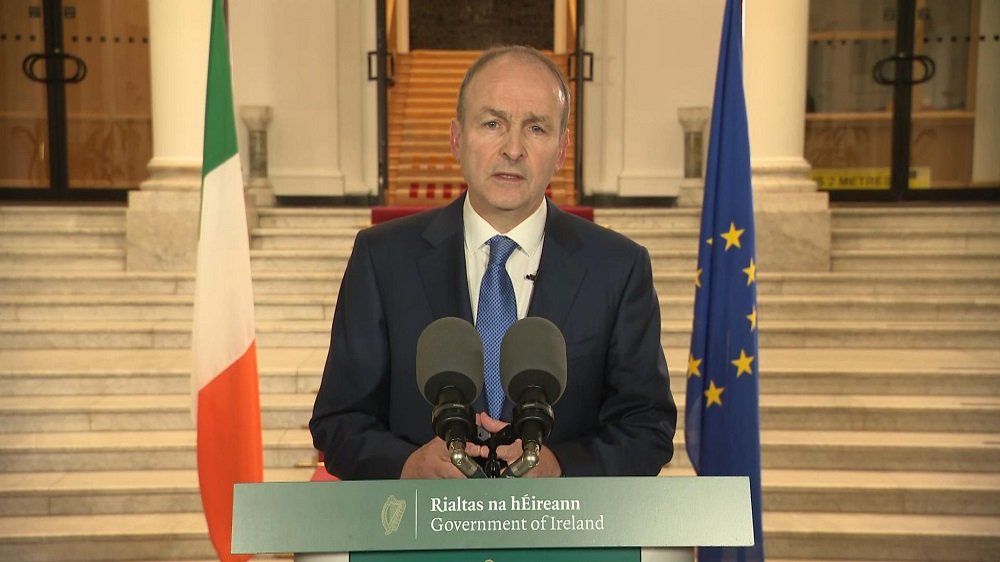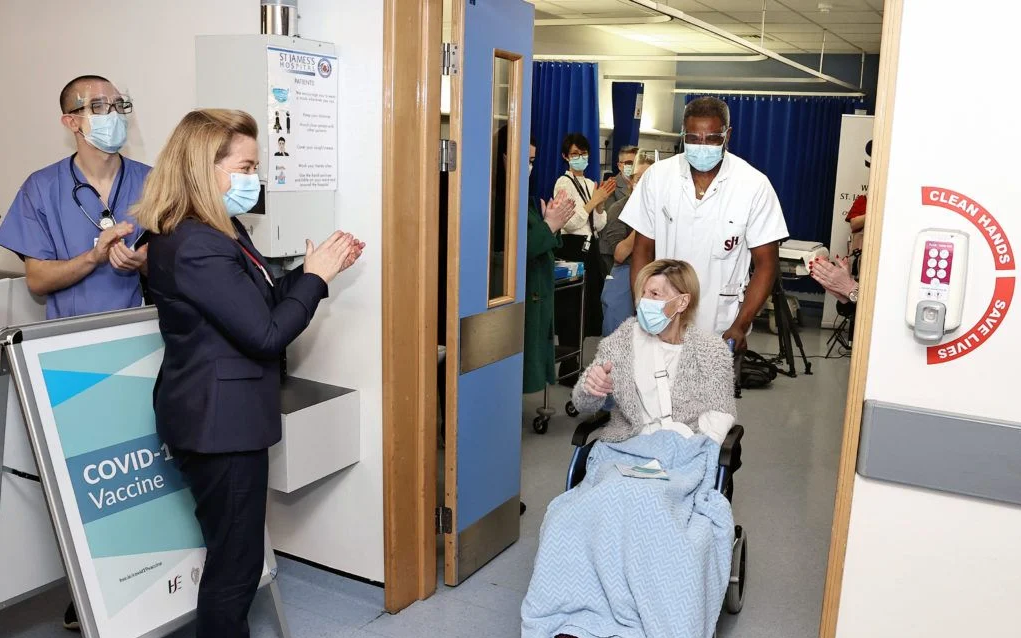There’s a scene in the first series of the BBC sitcom The Office in which manager David Brent is admonished by his boss for promising that an ongoing corporate review would not result in any redundancies for his team.
Why would you promise that, Brent’s boss Jennifer Taylor-Clark asks him, when you can’t know if that’s true or not? Brent’s defence is that it’s because of “a little thing I think is important in management called morale”.
The scene continues. Jennifer: “Surely it’s going to be worse for morale in the long run when there are redundancies and you’ve told people that there won’t be?”
After a long, awkward pause, the best Brent can muster is: “They won’t remember.”
Substitute the idea of redundancy for Covid-19 vaccine availability, or lack of availability, and it cuts to the heart of a key challenge for governments communicating vaccine rollout plans: how important is it to provide hope to people about the future?
Yes we can
In a previous article in this magazine, Tony O’Brien looked at the challenges the government faces rolling out the vaccine strategy in 2021. One of the keys to successful implementation will be securing public cooperation and engagement with existing Covid measures, and to do that government needs to find a way “to balance the hope offered by vaccines with the need for sustained, ongoing vigilance”.
It goes without saying that public policy communications should be honest and transparent. But the value of hope in political messaging shouldn’t be underestimated; it’s arguable that Barack Obama first won the US Presidency on a platform of little else.
Right now, as Covid case numbers and hospitalisations continue to hit new daily records, the importance of messaging that encourages widespread, serious adherence to stringent lockdown measures is as important as it has been at any time since the virus first arrived on our shores.
After ten months of rolling restrictions of one variety of another, and after a strategy in late 2020 designed to deliver a “meaningful” Christmas as free from restriction as possible failed to do so, Covid fatigue has arguably also never been more pronounced.
The idea that this is the last lockdown (however long it lasts), that the end is in sight, and one final collective push is required is certainly justified. After the current restrictions are lifted, it would likely be incredibly difficult to get widespread public buy-in to another full national lockdown.
As the year of vaccines begins, how does government find that balance? How do the health authorities roll out a vaccine plan that is efficient, effective, and well grounded, while also convincing people that there is hope that this year will be better than last?

1. Own the narrative
How long is the vaccine rollout programme going to take?
Information, like nature, abhors a vacuum. In the absence of government and the health authorities leading with timelines and schedules, others will fill that space with their own theories.
There are many unknowns, such as delivery timelines, approval processes, uptake rates, and other pressures on those delivering the vaccines at the frontline; even those in power will not know with absolute certainty how long it will all last. But while providing hope to the public, statements and timelines need to be realistic.
The Taoiseach just this week estimated a total of 135,000 completed vaccinations using the Pfizer vaccine by the end of February. At that rate, less than 900,000 people will be vaccinated by the end of the year.
Of course, those initially inoculated will be the most vulnerable, which will help, and there will be an increased volume of doses arriving if and when other vaccines are approved (Ireland has over 14 million doses of 6 vaccines ordered, to begin arriving at various times in 2021). Leo Varadkar added a further 10,000 weekly vaccinations to the target following yesterday’s EU-wide approval of Moderna’s jab. But if the government doesn’t get out in front with their own real-time, realistic numbers, others will do the maths and tell that story.
Both Minister for Health Stephen Donnelly and Chief Medical Officer Tony Holohan support the addition of daily vaccine numbers to the national Covid data hub, which will provide accurate, up-to-date information.
2. Follow the science and the data
Dublin City University Professor of Health Systems Anthony Staines has said on the vaccination programme that “it is much more important that the roll-out is done right than fast”.
A programme that is rushed in order to give false hope to the population, that the end is closer in sight than it is, may be counterproductive. Photo opportunities of first jabs being given are all well and good, but it is more important that a coherent, data-driven programme is in place that can be effectively delivered.
The UK vaccination regime kicked off to much fanfare in early December, and almost 1 million people have received their first jab of the two-dose vaccine. However, the authorities are already being criticised in some quarters on two accounts.
First, that less than one month after the initial jabs, the rollout plan is already being changed. In an effort to give more people their first dose, UK health authorities are considering increasing the time between doses from 21 days to 12 weeks.
The second claim, notably made by the New York Times, is that with a second vaccine now approved in the UK, and others likely soon, that authorities are permitting a mix-and-match plan where follow-up doses could be of a different vaccine to the first.
In both cases, the facts and scientific bases for these decisions are disputed. At best, it speaks to authorities that are not in control of their own narrative. At worst, it also raises the prospect that these decisions are not being made based on scientific evidence and are instead focused on delivering good news fast.
In either case, it is a useful reminder that while such hope is important, it can be quickly eradicated if it is not built on a foundation that is solid and evidence based.

3. Communicate intelligently
How a message is communicated is as important as the message itself. Tone is key. The public want hope that they are not simply trapped in an endless cycle of lockdown and release. But people see through false hope and unrealistic promises. The need for hope must be balanced with the need for ongoing vigilance, adherence to public health measures, and buy-in to the vaccination rollout.
Regular updates over the coming months ahead will be crucial. This can’t just be real-time data on vaccinations delivered, but insight on what this means, why the groups included in programmes so far have been chosen, and what will happen next.
A comprehensive programme that is science and data-driven should be robust enough to answer those questions: the what, when, how, and why of where it is at, and where it is going.
* * *
In The Office, of course, Brent’s drive for a morale-boosting promise of hope doesn’t work. He doesn’t control the narrative, and his team hear stories from elsewhere that their jobs are very much at risk. And indeed there are redundancies. Whether or not they remembered what he told them is irrelevant: they never believed him to begin with.
Whatever hope government wants to deliver alongside their vaccination messaging, if it is to learn anything from this comedy series, it’s that to have the last laugh, their plan, and how they communicate it, needs to be believable and honest if it is to be credible and supported by the public.

About the author
Gerard works with corporate and consumer clients to deliver integrated, results-driven public affairs and communications campaigns. Before 360, he worked at JUUL Labs, Ryanair, and KPMG. Gerard is also a qualified tax advisor. In 2019, he won the Best Supporting Actor Award at the All-Ireland Drama Finals.
